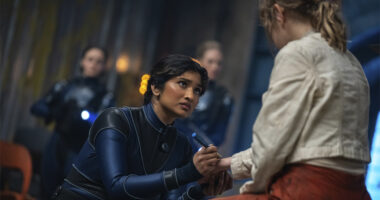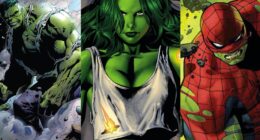Southern genre blockbuster films like Gone with the Wind and The Birth of a Nation typically depicted a romanticized, racist view of post-Civil War America. Not so with Red Dead Redemption 2: Black members of the Van der Linde gang react with unease when they’re forced deeper into Lemoyne, and missions highlight clashes between bitter ex-Confederate soldiers, the formerly enslaved, and the Ku Klux Klan. St. Denis, an analog to New Orleans, is the part of the game map Olsson most revisits, marveling at its attention to economics and social movements.
While Rockstar’s game excels at highlighting this lesser-discussed period with nuance, dramatic license was taken for the game’s most iconic symbol, the cowboy.
“John Marston and Arthur Morgan are not cowboys,” Olsson asserts. “Cowboys are the pawns in the game, not the kings.”
The age of outlaw gangs Red Dead presents is actually 30 years too late. By the 1890s, cowboys were more likely to be striking for fair wages than robbing trains. While Red Dead 2’s brutal industrialist baddie Leviticus Cornwall was fictional, 19th-century America was teeming with similar opportunistic robber barons and the Pinkerton agents they hired to bust unions. (See also: HBO’s Deadwood and its third season villain George Hearst, who was very real.)
Red Dead’s History also examines Indigenous characters, including fan-fave gang member Charles Smith and tribal leader Rains Fall, as well as the coal and logging industries of Appalachia (called Roanoke in the game,) a topic close to Olsson’s heart.
“I live in Appalachia. Many of my students self-identify with the Southern mountains as where they’re from. The game does both a good and bad job. It recycles many of those ‘shoeless, toothless’ stereotypes, but it also shows the way that Appalachia was transformed very negatively by people like Leviticus Cornwall, who come in and tear apart the social fabric and contribute to that poverty we see in those stereotypes.”









